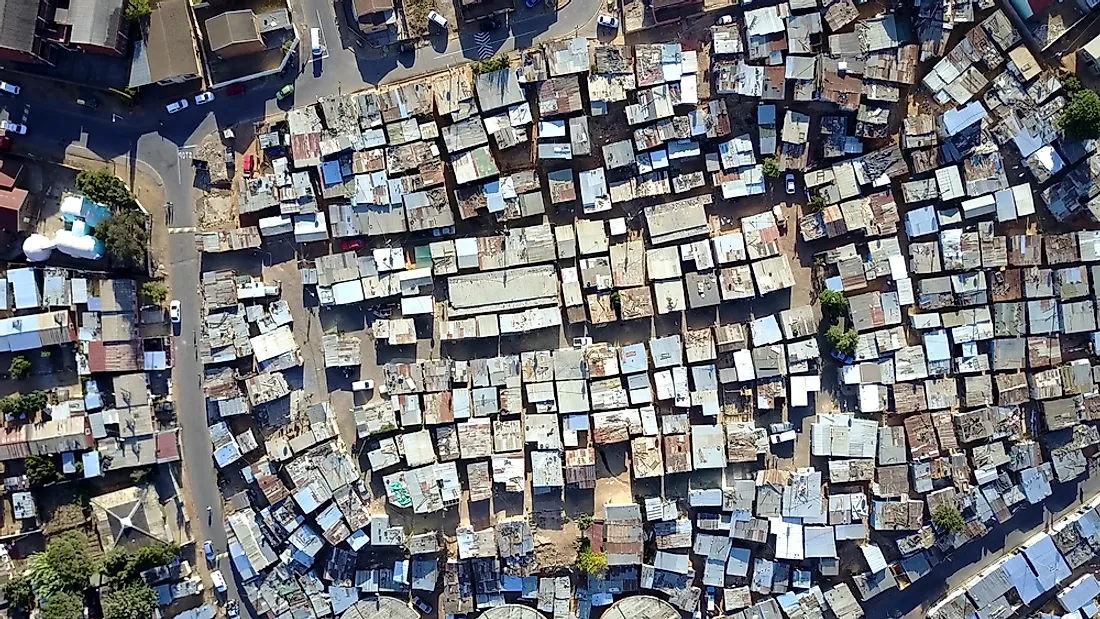What Are Slums?

Slums refer to informal settlements in urban areas that are densely populated. They are often characterized by substandard housing as well as squalor. Many slums also may not have reliable sanitary services, electricity, a clean and consistent water supply, and law enforcement.
Such residences range from the shanty houses to the professionally built housing that has turned out to be slums, sometimes because of poor construction efforts or corruption.
It is worth acknowledging that slums were common in Europe and the United States between the 18th and 20th centuries. As at now, they are present extensively in the urban areas of the developing as well as the undeveloped countries. Slums have also been observed in some developed countries with unstable political environments.
Reasons For Slum Expansion
Several reasons contribute significantly to the expansion of slums. These reasons could be demographic, economic, political and social. Examples of socio-economic factors include uncontrolled rural-urban migration, informal economy or poverty. Political factors include political instability, poor planning, and social conflicts.
Migration from rural to urban areas is among the factors that contribute significantly to the rise and growth of slums. For many people around the world, urban areas promise better job opportunities, better schools for the children of the poor, and different sources of income (unlike the rural that primarily relies on subsistence farming).
Characteristics Of Slums
Looking at location and growth, slums often start at the city outskirts. Sometimes, a city expands the initial slums thus enclosing them within the town perimeter over time. The new slums often emerge at the most recent confines of the growing city. It usually happens on lands that are publicly owned thus setting up an urban sprawl combination of industry, formal settlements, slums and retail zones.
Additionally, they are insecure tenures, have housing structures that are substandard and overcrowded, and lack adequate infrastructure which includes poor transport system, inadequate ambulance and fire services among other things.
Risks Associated With Slums
Slums are well known for their high vulnerability to floods and landslides among other natural disasters. Other hazards include industries, collapsing infrastructure and traffic congestion. Additionally, fires are an essential risk to the slums together with its residents. They have streets that are narrow and cannot permit easy access to the trucks for fire control. Unemployment and the informal economy is another risk following the absence of skills together with adequate education in the job markets that are highly competitive.
Other risks associated with slums include but are not limited to violence, disease, and child malnutrition.
Conclusion
The United Nations Habitat team have a belief that change can be accomplished. This is in line with its goal of attaining "cities without slums." It claims that the government has to undertake several urban planning, infrastructure development, poverty reduction, city management, and slum upgrading in order to improve the quality of life for all city residents, no matter the income bracket.











